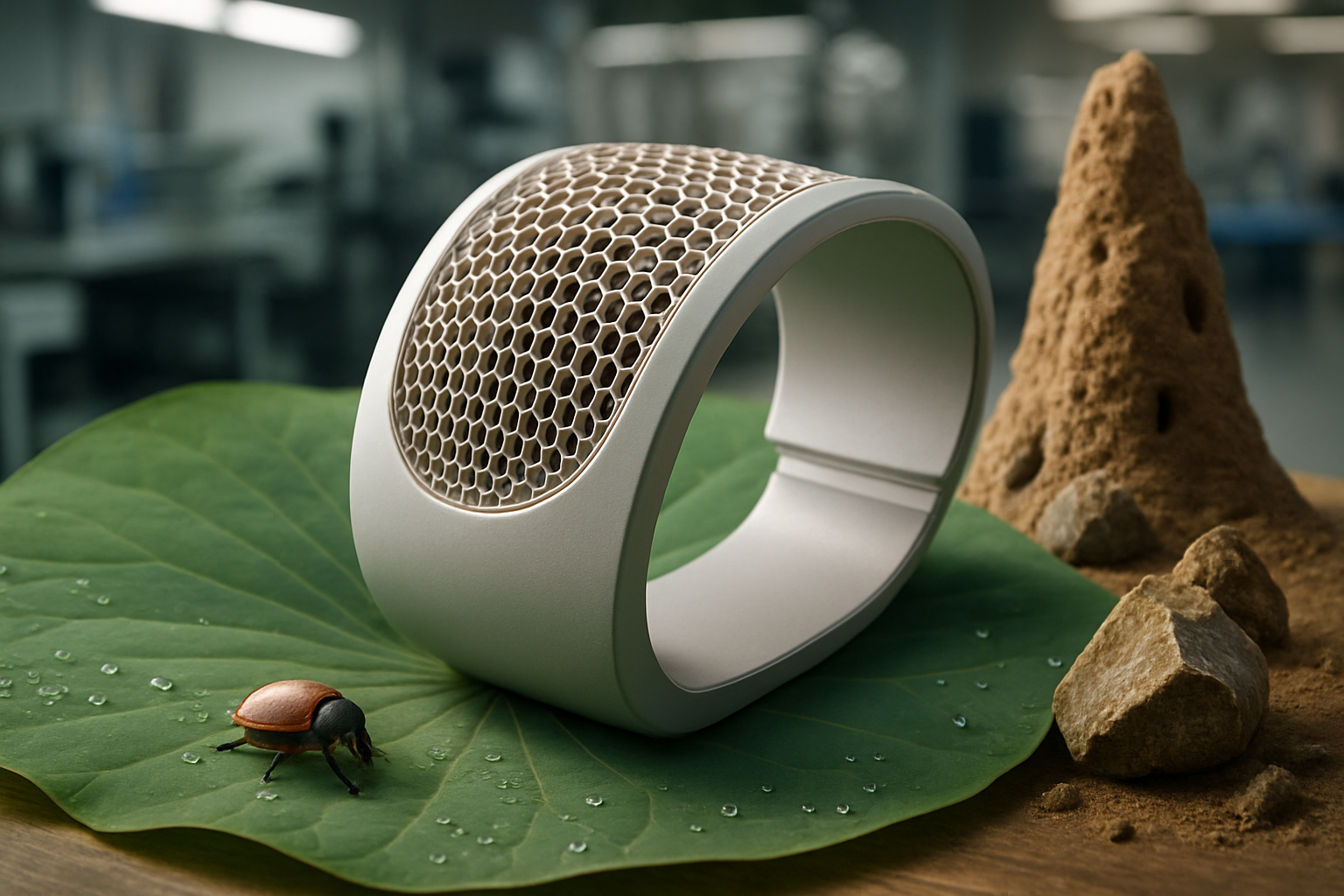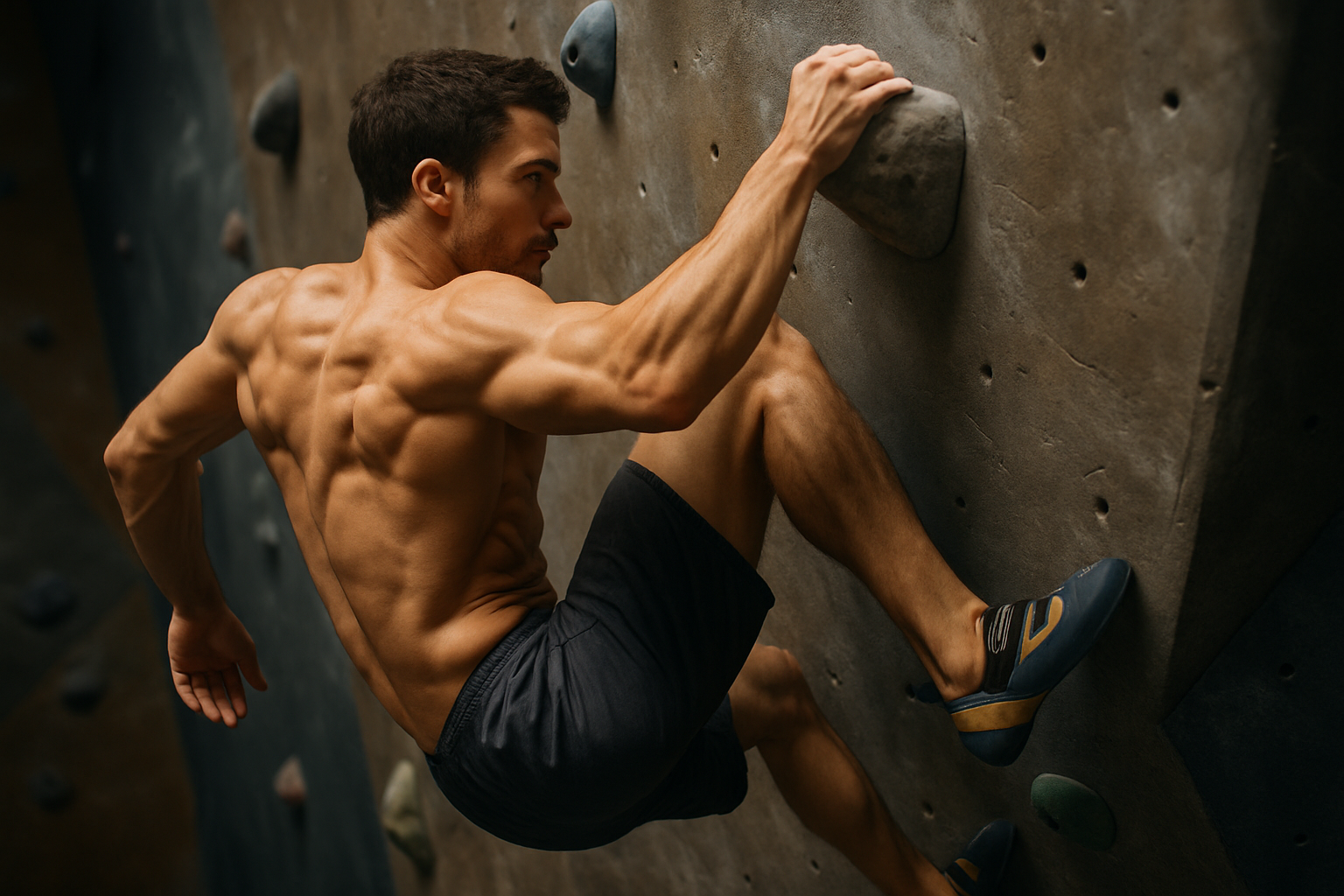Biomimicry in Industrial Design: Nature-Inspired Solutions
The fusion of nature's wisdom with industrial innovation is revolutionizing product development and manufacturing processes. Biomimicry, the practice of emulating nature's time-tested patterns and strategies, is gaining traction in industrial design circles. This approach not only enhances product functionality but also promotes sustainable practices in manufacturing.

One of the earliest and most famous examples of biomimicry in industrial design is Velcro, invented by Swiss engineer George de Mestral in 1941 after observing how burrs stuck to his dog’s fur. This simple observation led to the creation of a ubiquitous fastening system used in countless products today. Since then, the field has expanded dramatically, with researchers and designers looking to nature for inspiration in solving complex industrial challenges.
Efficiency Through Natural Patterns
Nature has perfected efficiency over millions of years of evolution, and industrial designers are taking note. By studying natural structures and processes, engineers are developing more energy-efficient and material-conserving designs. For instance, the boxfish’s unique shape has inspired more aerodynamic car designs, resulting in improved fuel efficiency and reduced carbon emissions.
Similarly, the lotus leaf’s self-cleaning properties have led to the development of hydrophobic coatings for industrial equipment, reducing the need for chemical cleaners and maintenance downtime. These nature-inspired solutions not only improve product performance but also contribute to more sustainable industrial practices.
Enhancing Durability and Adaptability
In the realm of materials science, biomimicry is opening doors to creating more durable and adaptive industrial components. The abalone shell’s incredible strength-to-weight ratio has inspired the development of impact-resistant materials used in everything from protective gear to aerospace components. Additionally, the chameleonic properties of cephalopods like octopuses and squids are informing the creation of adaptive camouflage technologies with potential applications in both military and civilian sectors.
These bio-inspired materials not only enhance product longevity but also offer new possibilities for adaptive and responsive designs in industrial settings. As a result, manufacturers can create products that are not only more resilient but also capable of adapting to changing environmental conditions.
Streamlining Manufacturing Processes
Beyond product design, biomimicry is also influencing manufacturing processes themselves. The intricate structure of termite mounds, which maintain a constant internal temperature despite extreme external fluctuations, has inspired more energy-efficient building designs and climate control systems for industrial facilities.
Furthermore, the collaborative behavior of ant colonies has informed the development of more efficient logistics and supply chain management systems. By mimicking the decentralized decision-making processes of these insects, companies are creating more resilient and adaptive distribution networks.
Challenges and Future Prospects
While the potential of biomimicry in industrial design is immense, it is not without challenges. Translating biological principles into practical, scalable industrial applications requires significant research and development. Additionally, there’s a need for interdisciplinary collaboration between biologists, engineers, and designers to fully leverage nature’s wisdom.
However, as our understanding of natural systems deepens and technological capabilities advance, the future of biomimicry in industrial design looks promising. Emerging fields like nanotechnology and 3D printing are opening new avenues for replicating nature’s intricate structures at the microscopic level, potentially leading to even more revolutionary industrial applications.
Practical Insights for Implementing Biomimicry in Industry
• Start with observation: Encourage your design team to spend time in nature, studying various organisms and ecosystems relevant to your industry.
• Foster interdisciplinary collaboration: Create teams that include biologists, engineers, and designers to bridge the gap between natural principles and industrial applications.
• Invest in biomimetics research: Allocate resources for studying and experimenting with nature-inspired solutions specific to your industry’s challenges.
• Implement gradually: Begin with small-scale applications of biomimicry in your products or processes before scaling up.
• Prioritize sustainability: Use biomimicry not just for performance enhancement but also to drive more sustainable industrial practices.
As industries continue to grapple with challenges of efficiency, sustainability, and innovation, biomimicry offers a compelling pathway forward. By turning to nature’s 3.8 billion years of R&D, industrial designers and engineers can unlock solutions that are not only highly effective but also inherently sustainable. As we face complex global challenges, the confluence of natural wisdom and industrial ingenuity may well hold the key to a more sustainable and efficient future.





